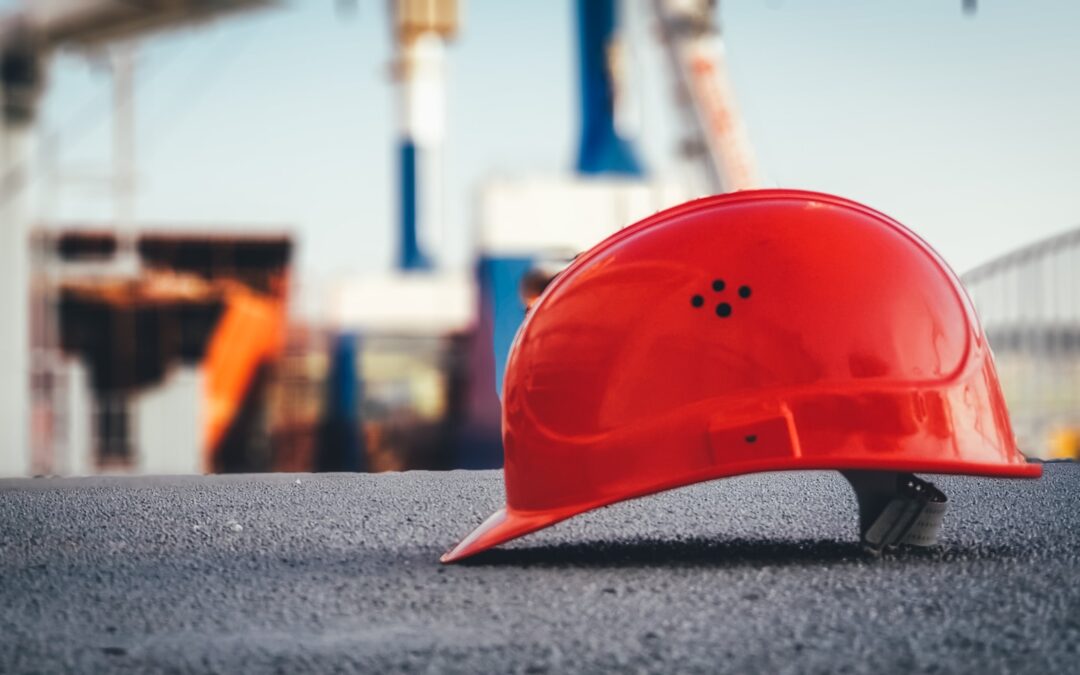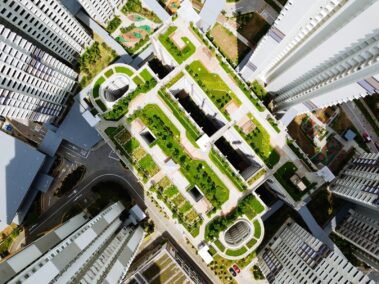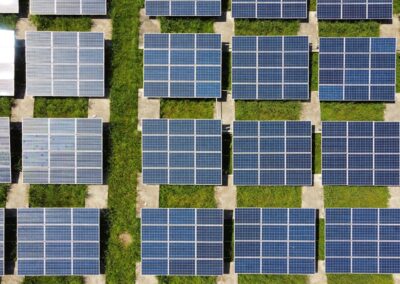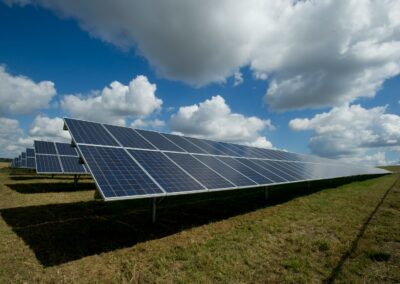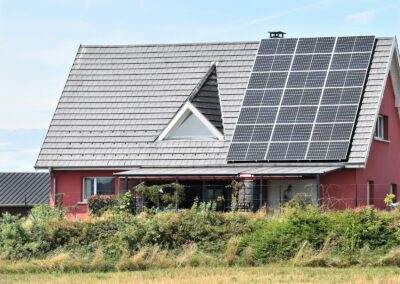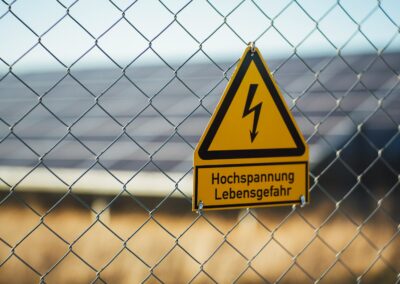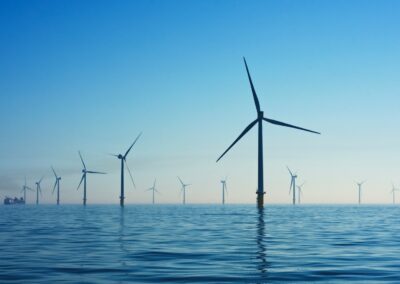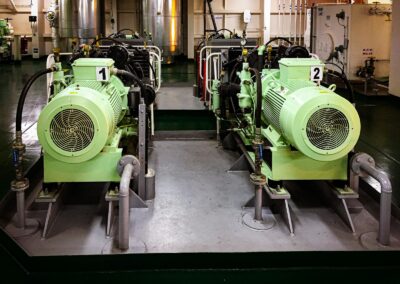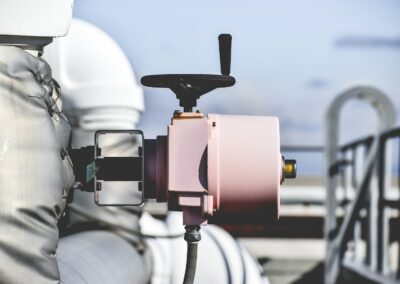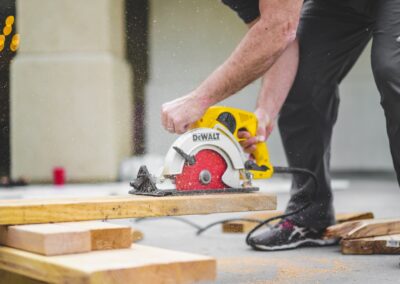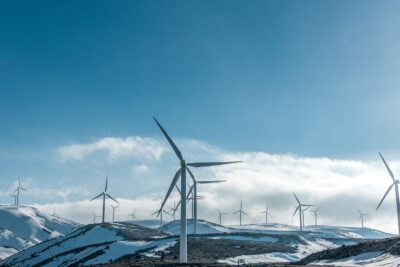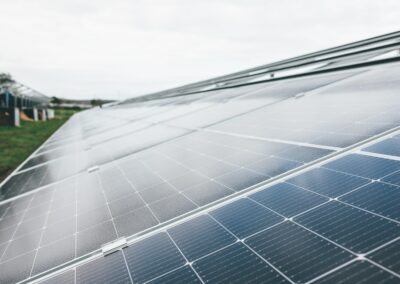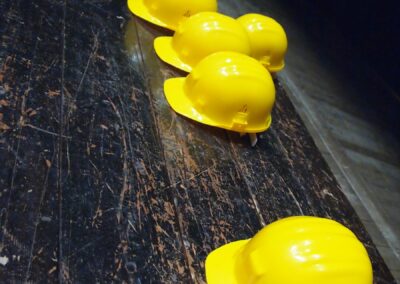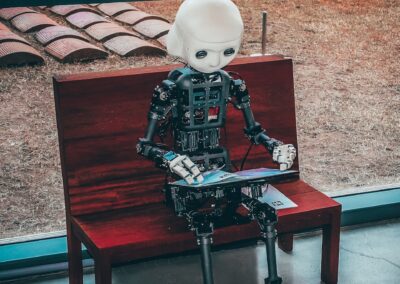Harnessing Advanced Technology for Sustainable Construction in Saudi Arabia and the UAE
The Role of Digital Twins in Green Building
The integration of digital twins in green building standards is transforming the construction industry by providing detailed simulations of energy performance and sustainability metrics. Digital twins are virtual replicas of physical assets and systems, constructed using real-time data from advanced sensors, IoT devices, and building information models. In the context of green building, these digital models allow for the simulation of various scenarios to optimize energy efficiency, resource utilization, and environmental impact.
In progressive regions like Saudi Arabia and the UAE, where sustainable development is a strategic priority, the adoption of digital twin technology is gaining momentum. These virtual models offer a comprehensive view of a building’s performance over its lifecycle, enabling stakeholders to make informed decisions about design, construction, and operation. For instance, in Riyadh and Dubai, digital twins are being used to plan and manage smart city projects, ensuring they meet stringent green building standards.
Moreover, the integration of Artificial Intelligence (AI) and generative AI with digital twins enhances their predictive capabilities. AI algorithms can analyze vast datasets to identify patterns and trends, providing insights critical for optimizing energy consumption and reducing carbon footprints. This technology enables architects and engineers to design buildings that not only meet but exceed green certification requirements, such as LEED and Estidama, thus promoting sustainability in urban development.
Implementing Digital Twins for Energy Performance and Sustainability
The implementation of digital twins in green building standards involves a strategic approach that combines technological infrastructure with sustainability expertise. Construction companies in Saudi Arabia and the UAE must invest in advanced sensors, IoT devices, and data analytics platforms capable of generating and processing detailed building performance data. This robust infrastructure is essential for creating accurate and reliable digital twins that can simulate various energy and sustainability scenarios effectively.
In Dubai’s rapidly evolving skyline, digital twins are being utilized to optimize energy performance and ensure buildings adhere to green standards. By continuously monitoring energy usage and environmental conditions, digital twins can simulate the impact of different design choices and operational strategies. This proactive approach helps to identify and implement energy-saving measures, such as advanced HVAC systems, renewable energy sources, and smart lighting solutions, thus enhancing the building’s overall sustainability.
Executive coaching services play a crucial role in guiding construction industry leaders through the adoption and integration of digital twin technology. Coaches can help leaders develop a clear vision for leveraging digital twins in sustainable building practices, foster a culture of innovation, and manage the organizational changes required for successful implementation. By providing strategic insights and support, executive coaches ensure that construction companies can fully realize the benefits of digital twins and drive better environmental outcomes.
Maximizing the Benefits of Digital Twins in Green Building
The potential of digital twins in green building standards extends beyond energy performance to include broader applications in sustainable urban development. For construction companies and urban planners in Saudi Arabia and the UAE, maximizing the impact of digital twin technology involves continuous innovation and a commitment to leveraging the latest advancements in AI and machine learning.
One of the key benefits of digital twins is their ability to facilitate detailed simulations and predictive modeling. By analyzing historical data and simulating various scenarios, digital twins can predict the long-term performance and sustainability of buildings. In Riyadh’s ambitious urban projects, digital twins are being used to plan and manage green spaces, water conservation systems, and waste management strategies, ensuring that new developments are both environmentally friendly and economically viable.
Furthermore, digital twins can enhance collaboration and communication among stakeholders involved in green building projects. Virtual models provide a centralized platform for sharing real-time data and insights, enabling architects, engineers, contractors, and regulatory bodies to work together more effectively. In Dubai, leading construction firms are using digital twins to streamline project management, reduce construction timelines, and ensure compliance with green building standards, thereby enhancing the overall efficiency and sustainability of their projects.
Conclusion
In conclusion, the integration of digital twins in green building standards is revolutionizing the construction industry by providing detailed simulations of energy performance and sustainability metrics. By offering real-time insights and predictive capabilities, digital twins enable construction companies to design and manage buildings that meet stringent green certification requirements, promoting sustainability in urban development. The successful implementation of digital twins requires a strategic approach, supported by executive coaching and continuous innovation. For construction companies in Saudi Arabia, the UAE, and beyond, embracing digital twin technology will be key to driving excellence in green building practices and achieving long-term success in a rapidly evolving industry.
#digitaltwins, #greenbuilding, #sustainability, #energyperformance, #smartcities, #AI, #UAE, #SaudiArabia, #Riyadh, #Dubai, #moderntechnology, #businesssuccess, #executivecoaching

